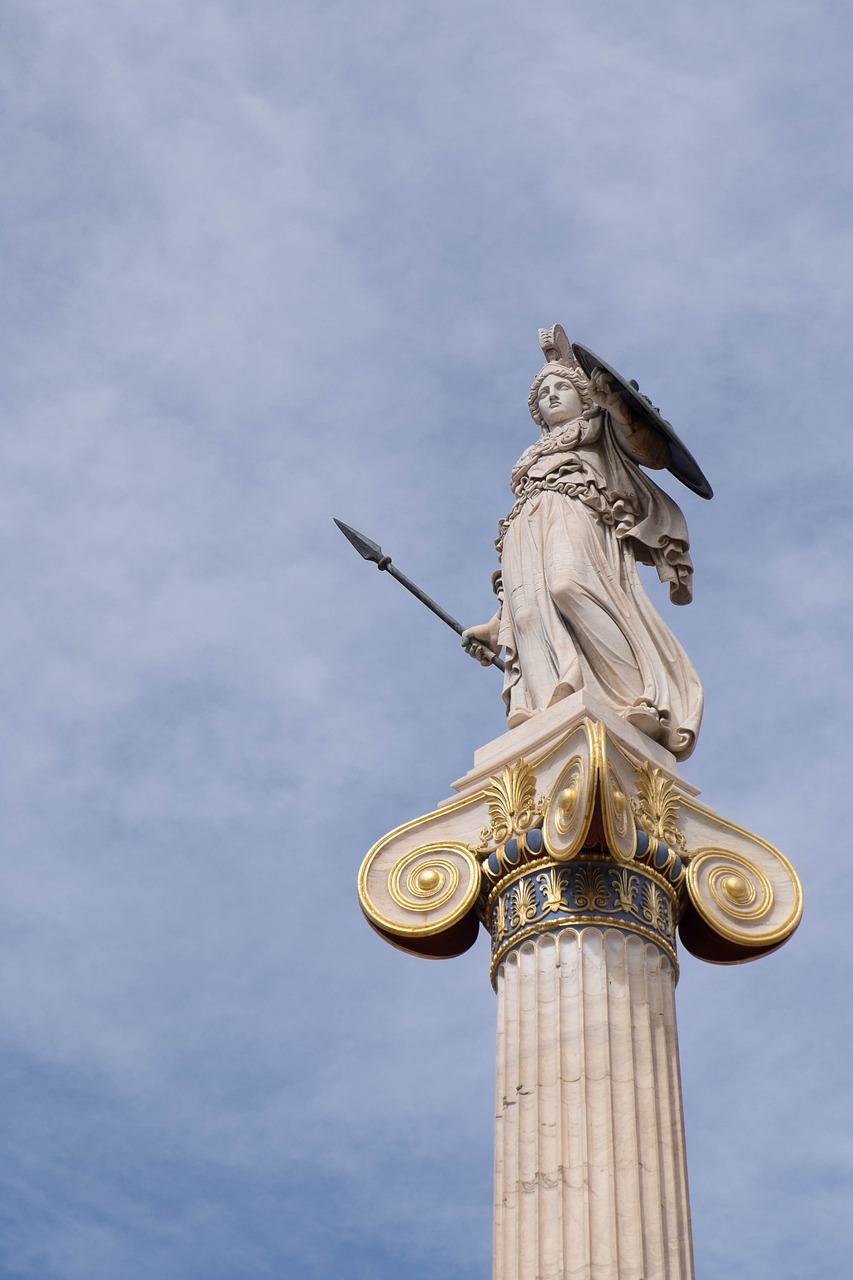Demeter is a significant figure in Greek mythology, recognized as the goddess of agriculture and daughter of the titans Cronus and Rhea, while also being the sister and consort of Zeus, the sovereign of the gods. Her very name alludes to her maternal role. Though Homer makes infrequent references to her, and she is not classified among the Olympian deities, the roots of her narrative are believed to be ancient. Central to her mythology is the tale of her daughter, Persephone, who is abducted by Hades, the ruler of the underworld. In her quest to find Persephone, Demeter discloses her sacred teachings to the inhabitants of Eleusis, a town that welcomed her during her time of distress (known as the Eleusinian Mysteries). Her anguish over Persephone’s absence was said to have affected the harvest, resulting in famine.
In addition to her relationship with Zeus, Demeter also adored Iasion, a figure from Crete, with whom she had a son named Plutus, representing wealth derived from the Earth’s bounty. Typically, Demeter is portrayed as a goddess of grains, and the name Ioulo, stemming from the Greek word for “grain sheaf,” connects her to this agricultural aspect. However, her influence extended beyond just grain to encompass all forms of vegetation and various fruits of the earth, with the singular exception of beans, which were under the jurisdiction of the hero Cyamites. This broader scope of Demeter’s dominion aligns her with Gaea, the personification of Earth, with whom she shares several epithets and, at times, an identity with the Great Mother of the Gods, Cybele, who is also connected to Rhea.
Another notable dimension of Demeter’s persona is her association with the underworld. Worship of her in this capacity occurred at locations such as Sparta and during the Chthonia festival in Hermione, where a cow was sacrificed by elder women. The epitaphs Erinys and Melaina reflect the more somber aspects of her nature and were particularly linked to her worship in Arcadia. Besides her agricultural domain, Demeter embodied aspects of health, birth, and marriage. Political and ethnic titles, most prominently Amphiktyonis, were attributed to her, highlighting her role as the protector of the Amphictyonic League, which gained recognition in connection with the temple at Delphi.
Demeter was honored through several agrarian festivals, such as:
- Haloa: This festival, linked to the term for “threshing floor,” took place first in Athens and was concluded at Eleusis, where Triptolemus, her inaugural priest and a pioneer of agriculture, had a threshing floor. It occurred in Poseideon (approximately December).
- Chloia: Celebrated in early spring (Anthesterion) at Eleusis in honor of Demeter Chloë (the Green), this festival marked the initial sprouting of crops.
- Proerosia: A festival involving prayers for a prosperous harvest, it preceded the plowing of fields and possibly happened in September at Eleusis.
-
Thalysia: Celebrated in autumn on the island of Cos, it served as a thanksgiving event following the harvest.
-
The Thesmophoria: Designed for women, this festival aimed to enhance the fertility of the seed grain.
-
Skirophoria: Another festival aimed at celebrating the agricultural aspects, held mid-summer.
Demeter’s symbols are intimately related to her identity as the goddess of agriculture and nature. She is often depicted with ears of grain, a mystical basket containing flowers, grains, and assorted fruits. Pigs were particularly sacred to her, and as a chthonian deity, she is frequently portrayed alongside a snake. In artistic representations, Demeter’s appearance shares similarities with Hera; however, Demeter often is depicted as more matronly and nurturing, with a fuller figure. She is shown riding a chariot pulled by horses or dragons, walking, or seated on a throne, either alone or with her daughter. In Roman culture, Demeter is equated with Ceres.



